What Strange Experiments on Birds Can Tell Us About Our Belief in Superstition
Humankind has a tendency to think of itself as superior to other animals, far more intelligent and sophisticated. Watch just one episode of Jersey Shore and you might want to rethink that. But science really does keep showing that we aren’t all that different in so many ways… even how we think. An example of this surfaced back in the 1940s when psychologist B. F. Skinner discovered that being superstitious isn’t just a human quality, it’s built into other members of the animal kingdom.
The premise of his experiment was simple: place hungry pigeons in a cage and give them food released on a timer. You might not think this would produce anything worth mentioning, but something remarkable did happen. In most experiments, if the birds were behaving in a certain way when the food dropped, they began to associate that behavior with getting food:
“In six out of eight cases the resulting responses were so clearly defined that two observers could agree perfectly in counting instances. One bird was conditioned to turn counter-clockwise about the cage, making two or three turns between reinforcements. Another repeatedly thrust its head into one of the upper corners of the cage. A third developed a ‘tossing’ response, as if placing its head beneath an invisible bar and lifting it repeatedly. Two birds developed a pendulum motion of the head and body, in which the head was extended forward and swung from right to left with a sharp movement followed by a somewhat slower return. The body generally followed the movement and a few steps might be taken when it was extensive. Another bird was conditioned to make incomplete pecking or brushing movements directed toward but not touching the floor. None of these responses appeared in any noticeable strength during adaptation to the cage or until the food hopper was periodically presented. In the remaining two cases, conditioned responses were not clearly marked.”1
In other words, 3/4 of the pigeons apparently believed that by doing certain things, they were making the food appear!
ADVERTISEMENT
Now, some of you might wonder what this has to do with superstition. The experiment was actually an example of superstition in its basic form. Instead of finding the logical reason for an event, we invent causes based on positive reinforcement. Here’s a better example: Let’s say that a man wins $20 when he’s wearing a certain brown shirt he owns. He plays the lottery several more times and nothing happens, but suddenly he wins a second time on a day he happens to be wearing the exact same shirt. He suddenly thinks that shirt is “lucky” not because it has anything to do with causing him to win, but because he believes that the two things – winning money and the brown shirt – are connected.
This is really just a form of operant conditioning, a psychological term coined by Skinner himself describing the effects of the consequences of a particular behavior on the future occurrence of that behavior.2 (Think touching a hot stove as a child and being weary of touching it again.) Human beings are guilty of operant conditioning in many ways. Sometimes, it spills over into the supernatural. Smudging with white sage, talismans, and many other practices and beliefs can sometimes be explained as conditioned response.
But what about hauntings?
Believe it or not, some paranormal activity neatly fits into this same category. Just think about how we tend to decide a house is haunted. Cold drafts. Creaking floors. Noises. Electrical malfunctions. Most of these are mundane experiences that no one thinks twice about if they happen individually at random times. But if they happen at times we consider significant, well, some people might run screaming into the street thinking a poltergeist is terrorizing them.
I know what you might be thinking. Those things aren’t related to serious investigating! What about evidence found by my local ghost busting team? Ok, how about devices like EMF detectors, Ovulus, and other “spirit communication” devices? If you’re asking a series of questions and get beeps, blinking lights, or sounds that follow questions, you have to ask yourself if that’s just mere chance or intentional response. Why aren’t all questions answered clearly every single time they’re asked? What about responses when nothing is anticipated? Are we just acting like Skinner’s pigeons, repeating actions over and over, waiting for the food pellet to drop so we can declare, “Ah-hah! The dead are trying to talk to me!”
Am I trying to say that every single instance of alleged supernatural phenomenon are just psychological quirks? Not at all. But we can’t eliminate proven science just because we really wish that long-dead murder victim was standing there in front of us trying to give us the Cliffs Notes version of his or her autobiography. Part of the reason mainstream science falls over laughing at paranormal research so often is that so much of what is passed around as fact revolves around superstitious foundations and deeply-held convictions related to religious beliefs. But (to borrow from Freud’s wording) sometimes a thump is just a thump. When we use critical thinking instead of chasing invisible demons with a camera, we stand a chance of actually learning something and separating superstition from supernatural.
_______________________________________________________________________________________
1Skinner, B. F. “Superstition in the Pigeon.” Journal of Experimental Psychology, 38, 168-172.
2Weiten, Wayne et al. Psychology Applied to Modern Life: Adjustment in the 21st Century (9th Ed.). Belmont, CA : Cengage Learning, 2009. 46.
MORE GREAT STORIES FROM WEEK IN WEIRD:


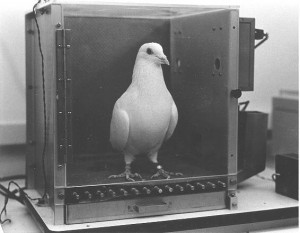


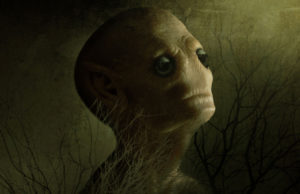

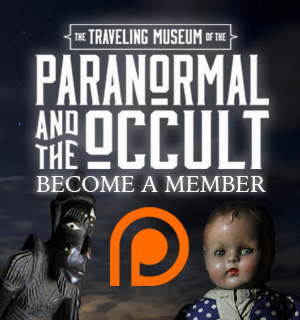
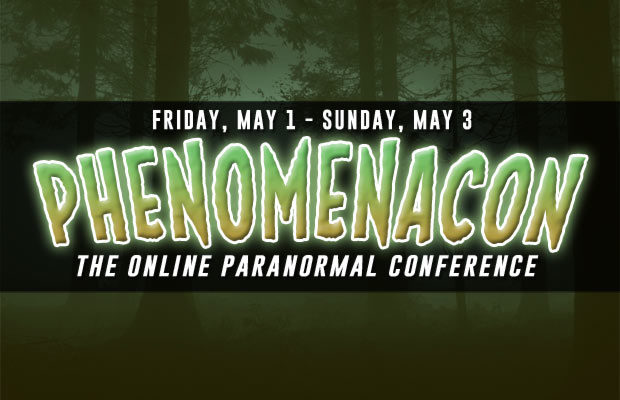
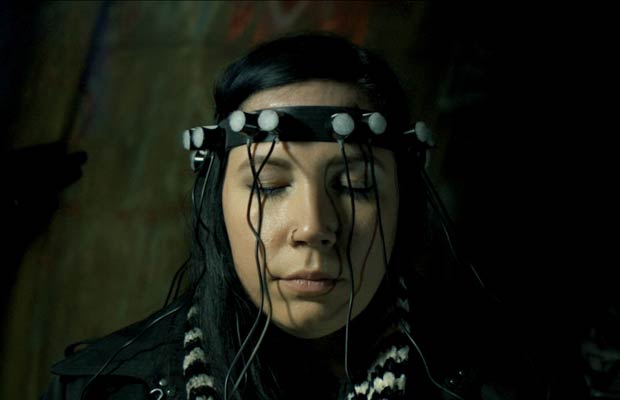

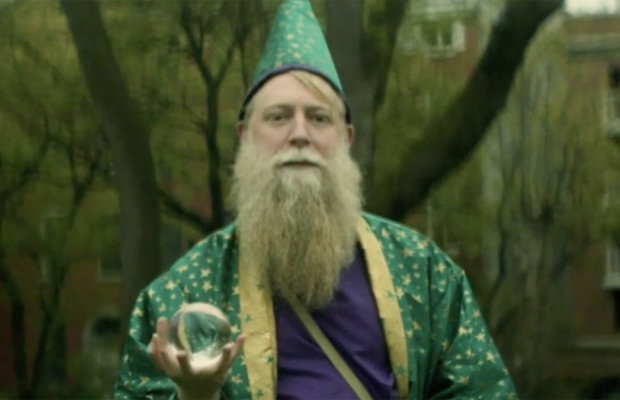

You must be logged in to post a comment Login